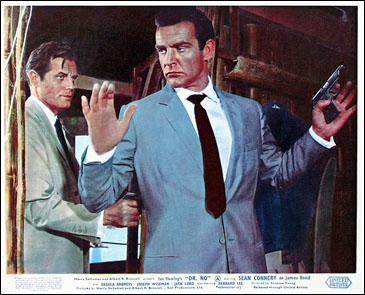 |
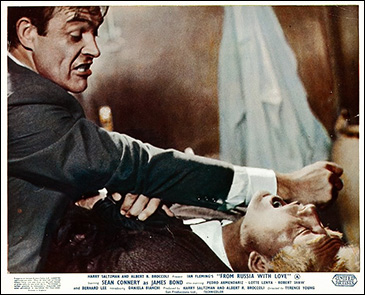 |
|
Dr. No (1962) |
From Russia With
Love (1963) |
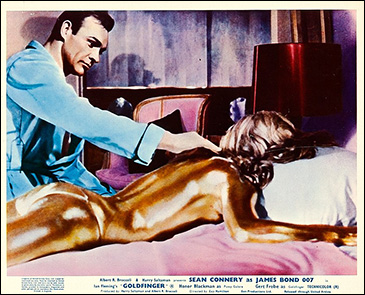 |
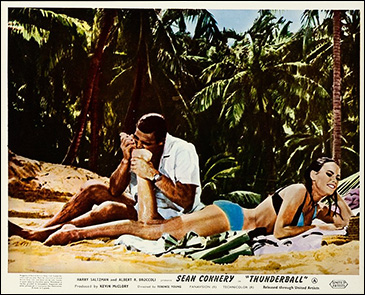 |
|
Goldfinger (1964) |
Thunderball
(1965) |
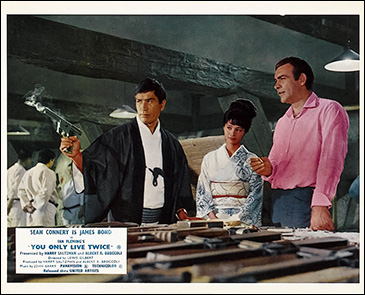 |
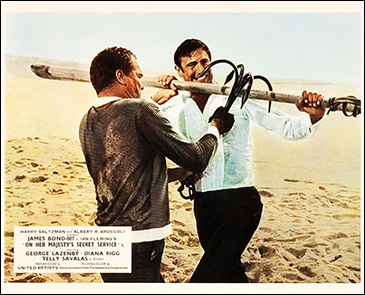 |
|
You Only Live
Twice (1967) |
On Her Majesty's
Secret Service (1969) |
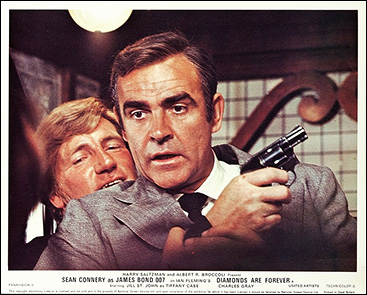 |
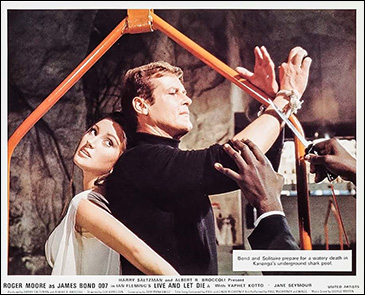 |
|
Diamonds Are
Forever (1971) |
Live And Let Die
(1973) |
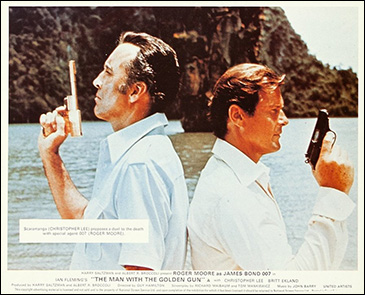 |
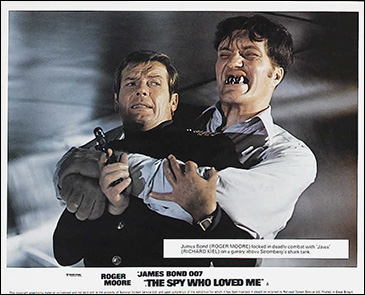 |
|
The Man With The
Golden Gun (1974) |
The Spy Who
Loved Me (1977) |
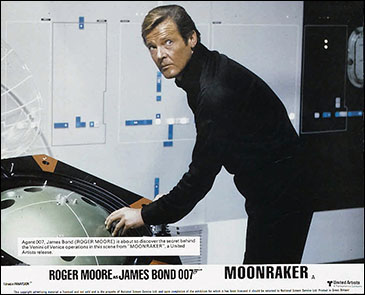 |
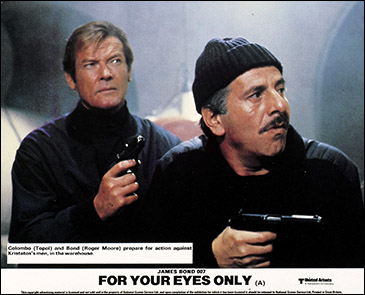 |
|
Moonraker (1979) |
For Your Eyes
Only (1981) |
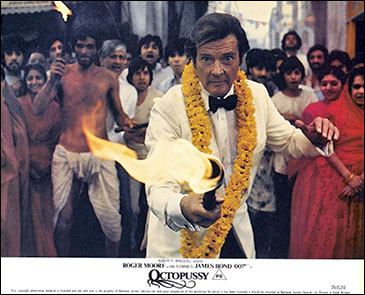 |
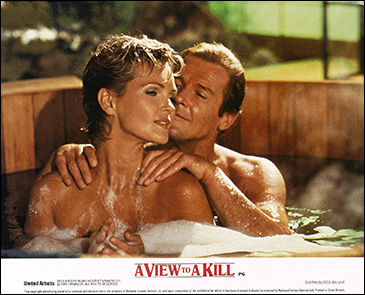 |
|
Octopussy (1983) |
A View To A Kill
(1985) |
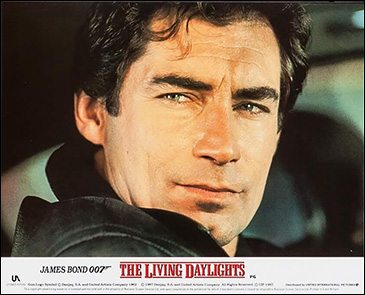 |
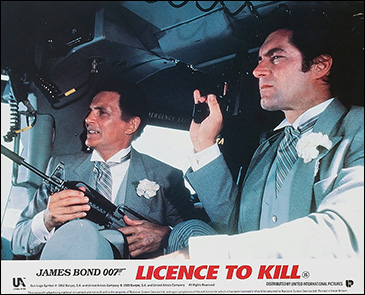 |
|
The Living
Daylights (1987) |
Licence To Kill
(1989) |
|
Licence To Kill
(1989) was the last James Bond film to have a standalone set of
eight Front of House stills issued by the National Screen Service in
the United Kingdom. Subsequent films were promoted via an
International
Lobby Card set (11" X 14") issued by the studio then
distributing the film. In the case of GoldenEye (1995) a set of
nine cards were issued by United International Pictures with one card
dedicated to the poster artwork which could be used in advance
publicity for the film. |
|
|
James
Bond UK Lobby Cards |
|
|
Selected films also had
larger Lobby Cards issued by the National Screen Service to promote them
on their original release. From Russia With Love had a single Lobby
Card (22" X 28") featuring the iconic Renato Fratini UK poster artwork,
but reproduced in duotone. Goldfinger (1964) and Thunderball
(1965) both had a set of four Lobby Cards with identical images to the
Front of House set, but printed to fill the whole card. These larger cards
were designed to be displayed in light-boxes alongside the quad-crown
poster outside the cinema or in the foyer. The Spy Who Loved Me
(1977) had a set of twelve (16" X 20") Jumbo Deluxe Lobby Cards issued.
Eight of the cards were in the landscape format, with six of them having
identical images to the Front of House set; with the remaining four cards
in the portrait format and featuring unique publicity stills from the
film. This twelve-card Lobby set was not advertised in the Exhibitors’
Campaign Book and generally only used in larger cinemas. The Living
Daylights (1987) also had a set of 14 Jumbo Deluxe Lobby Cards (14" X
17") issued to promote the film in larger cinemas. This set, also not
advertised in the Exhibitors’ Campaign Book, had 12 cards (including a
text only title card) featuring stills from the film in the landscape
format; and two portrait oriented publicity stills featuring Timothy
Dalton and Maryam d'Abo, and the obligatory shot of the James Bond star
surrounded by the ‘Bond Girls’. This was the last time this kind of
publicity still was used to promote the films. |
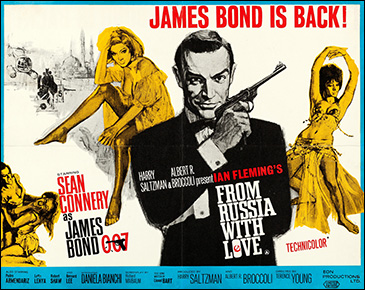 |
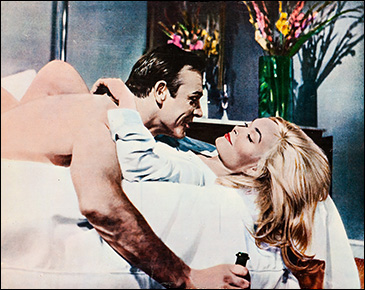 |
|
From Russia With
Love (1963)
Lobby Card (22" X 28") |
Goldfinger
(1964)
Lobby Card (11" X 14") [Set of four] |
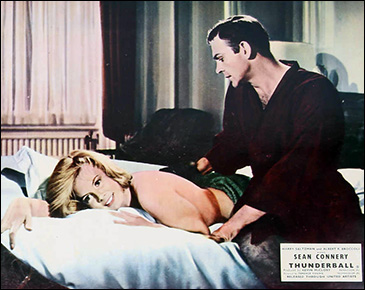 |
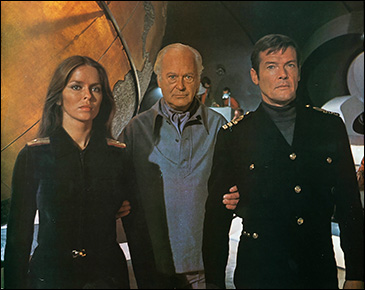 |
|
Thunderball
(1965)
Lobby Card (11" X 14") [Set of four] |
The Spy Who
Loved Me (1977)
Jumbo Deluxe Lobby Card (16" X 20") [Set of twelve] |
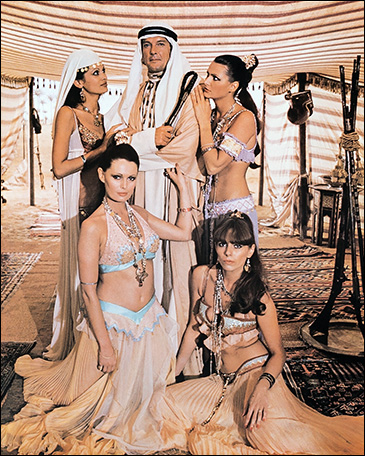 |
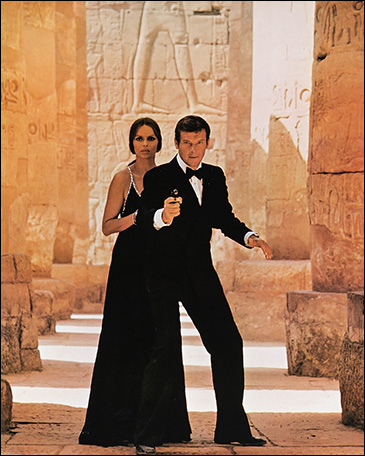 |
|
The Spy Who
Loved Me (1977)
Jumbo Deluxe Lobby Card (16" X 20") |
The Spy Who
Loved Me (1977)
Jumbo Deluxe Lobby Card (16" X 20") |
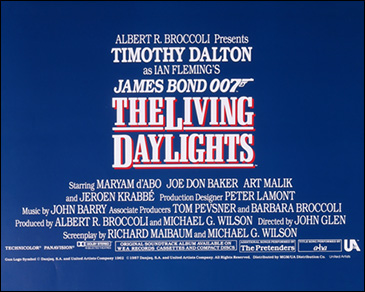 |
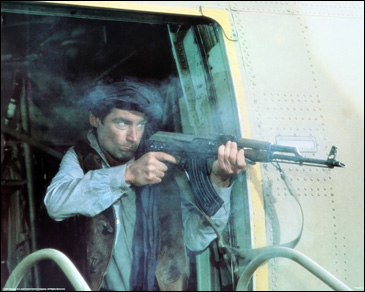 |
|
The Living
Daylights (1987)
Jumbo Deluxe Lobby Card (14" X 17") [title card] |
The Living
Daylights (1987)
Jumbo Deluxe Lobby Card (14" X 17") [set of fourteen] |
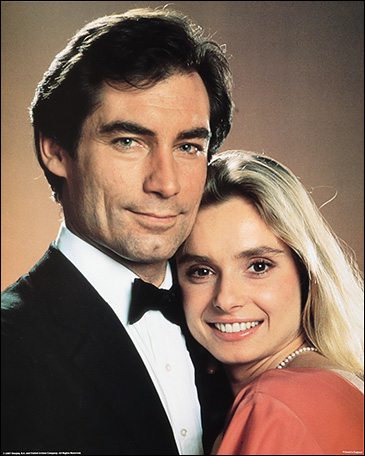 |
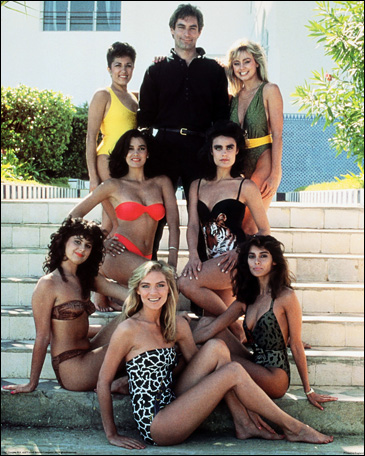 |
|
The Living
Daylights (1987)
Jumbo Deluxe Lobby Card (14" X 17") [portrait style] |
The Living
Daylights (1987)
Jumbo Deluxe Lobby Card (14" X 17") [portrait style] |
|
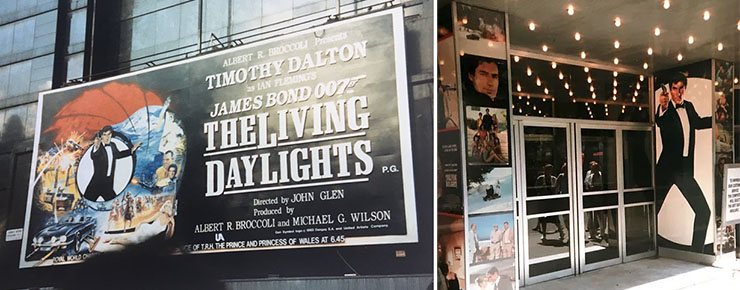 |
|
ABOVE: (left) The
Living Daylights had its World Premiere on Monday June 29,
1987. (right) The set of 14 jumbo deluxe lobby cards were used as
part of the street level display at the ODEON Leicester Square
where The Living Daylights went on to become the most
successful film ever to play at the flagship West End cinema,
taking a staggering £1,022,768 over its 11-week run. |
|
|
|
James Bond UK Front of House Stills (Re-issue) |
|
|
Although the various
double-bill re-issues of the James Bond films in the UK generally had a new
quad-crown poster issued to accompany the release, the films did not have
new Front of House stills issued as they did in the USA. Instead, the
National Screen Service issued new sets of eight black & white stills
for the first three films in the series. Unusually the black & white
sets for From Russia With Love and Goldfinger were glossy
double-weight photoprints – not the dot screen printed cards for other
titles in the series. Thunderball did not have a
new set of stills issued. The original 1967 Front of House set for You
Only Live Twice was the first to use actual colour images rather than
retouched black & white stills, but the set issued to accompany
re-issues
of the film reverted back to the inappropriately tinted images, which
resulted in some unusual colour choices for the actors’ costumes. The
re-issue set amended the text so the tag-line now read “Sean Connery AS
James Bond”. Earlier original release sets were also re-issued with pasted
paper snipes to remove the connection between the actor and the character
once Sean Connery had left the series. Diamonds Are Forever (1971)
also had a black & white re-issue set with different stills to the first
release, which was criticized for having too many violent images.
The final UK re-issue
Front of House set accompanied the 1975 Season, which had one card for
each of the first seven films of the series, plus a title card featuring
the gun barrel design seen on the corresponding quad-crown poster. There
was no standard format for this season, with individual cinema managers
programming their own choice of films or double-bills depending on the
availability of prints. |
![Dr. No [Reissue] Front of House Still](uk_foh/dn_uk_bw_foh.jpg) |
![From Russia With Love [Reissue] Front of House Still](uk_foh/frwl_uk_bw_foh.jpg) |
|
Dr. No
[Re-issue] |
From Russia With
Love [Re-issue] |
![Goldfinger [Reissue] Front of House Still](uk_foh/gf_uk_bw_foh.jpg) |
![You Only Live Twice [Reissue] Front of House Still](uk_foh/yolt_uk_foh_reissue.jpg) |
|
Goldfinger
[Re-issue] |
You Only Live
Twice [Re-issue] |
![Diamonds Are Forever [Reissue] Front of House Still](uk_foh/daf_uk_bw_foh.jpg) |
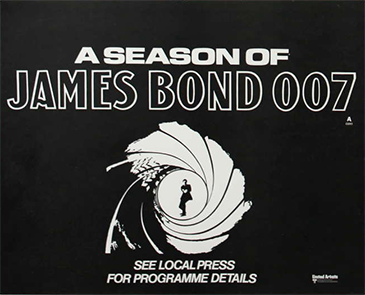 |
|
Diamonds Are
Forever [Re-issue] |
A Season of James
Bond (1975) Title Card |
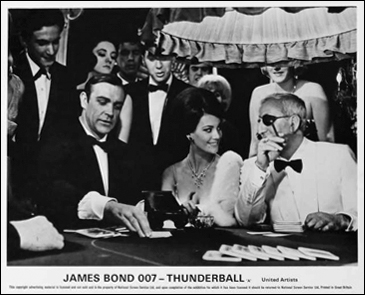 |
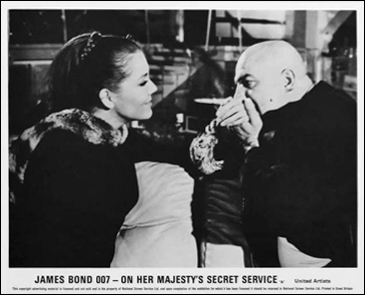 |
|
A Season of James
Bond 007 (1975)
Thunderball |
A Season of James
Bond 007 (1975)
On Her Majesty's Secret
Service |
|
|
|
|
STILL AVAILABLE:
007 MAGAZINE ARCHIVE FILES James Bond Promotional Posters & Artwork
File #1
|
|
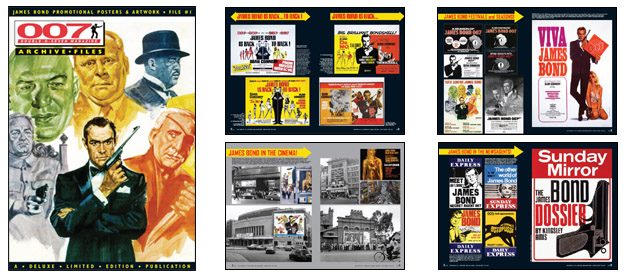
|
|
|